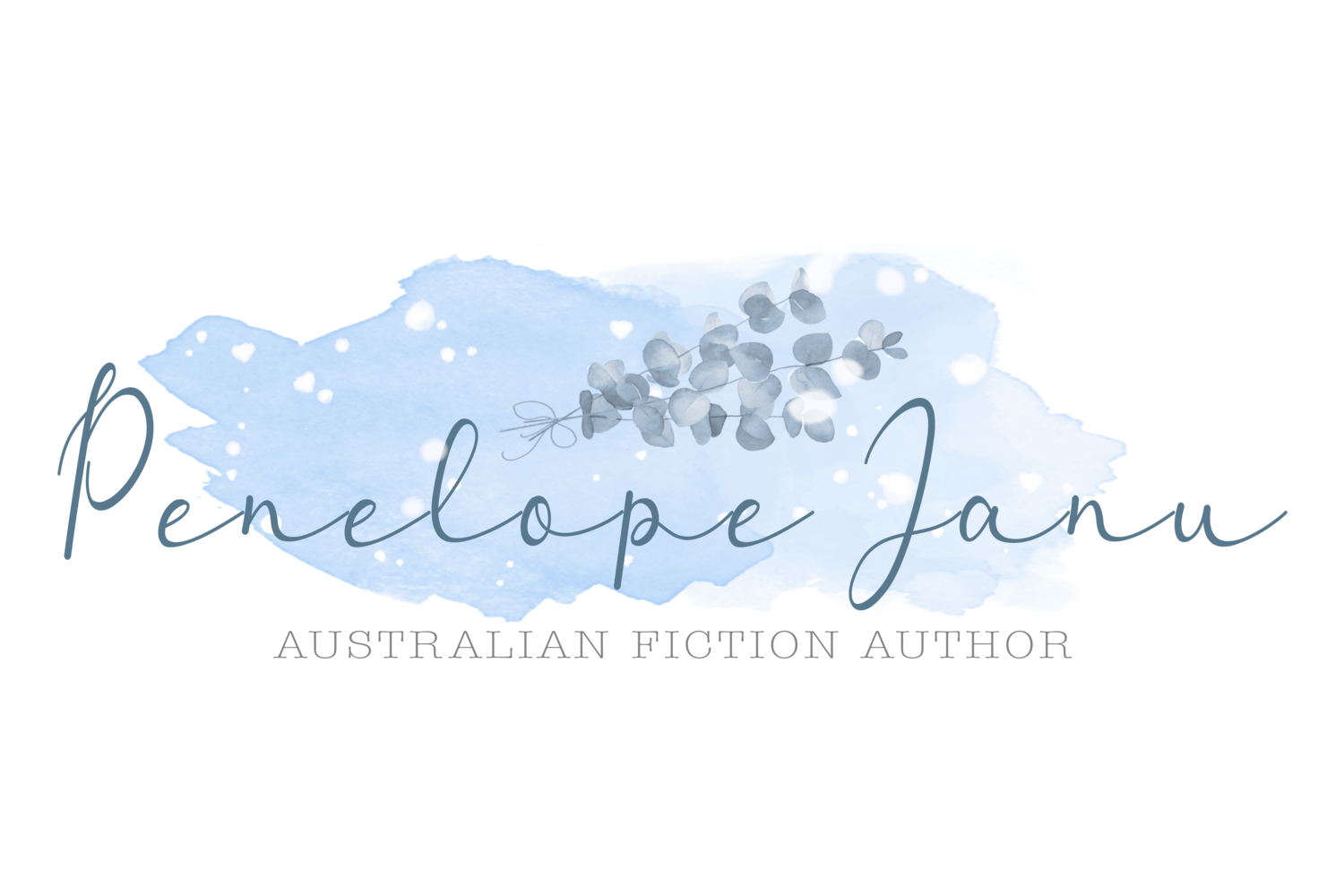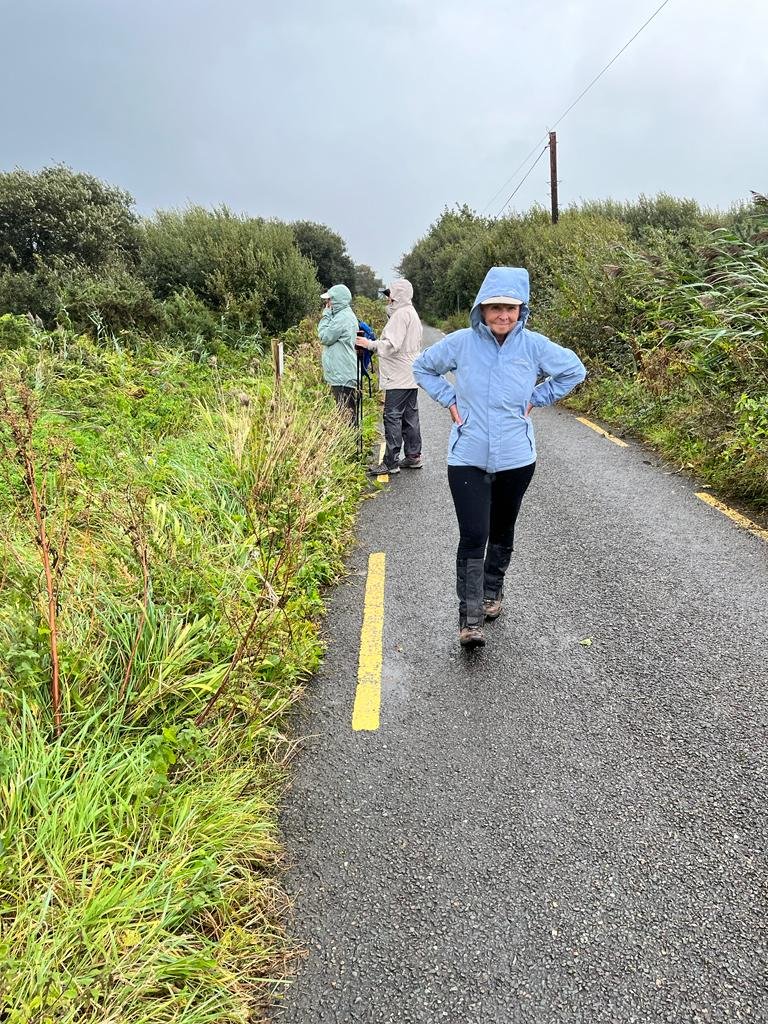Legal Beagle: Lost and Found
/I recently asked one of my sons if he had any ideas for the column I write for the Romance Writers of Australia magazine, HeartsTalk. He said he’d be no help because he didn’t read romance. ‘I’m reading Tolkien’s Lord of the Rings,’ he said. Instead of telling Max that Viggo Mortensen (who played Aragorn in the movie) was an excellent romantic lead, I asked him a question. ‘Whom did the ring really belong to?’
It’s not uncommon, in literature or in life, to have a situation where someone ‘finds’ something—a diamond tiara under your floorboards, a bundle of notes in a garden shed, a valuable vase at a fete, treasure at the bottom of the sea. Who is the rightful owner? Is possession nine tenths of the law? Are finders always keepers?
It is straightforward to work out whether title (or ownership) has passed from one person to another in a contractual situation because consideration (a price) will usually be paid. Things are much less certain when there’s no contract. A court has to decide whether the original owner intended to part with possession of a good and renounce ownership of it, or abandon it. A court also has to decide whether the person who took possession of the good intended to own it. Only if these elements can be satisfied will there be a transfer of title from the original owner to another person. If goods are found years after they have been ‘lost’ intention is particularly difficult to ascertain.
If a good is small and valuable, the courts are less likely to think it’s been abandoned. If it is a large item (like a armchair left on a nature strip), the intention is likely abandonment (but this won’t apply to cufflinks found under a cushion). Intention can also be indicated by the place of abandonment—a rubbish tip as opposed to a bus stop. But if a diamond ring is found at a tip, will there be abandonment? Probably not.
The courts often rely on common law principles (based on cases decided earlier in time), but sometimes statute law applies. In South Australia the Police Act 1998 and regulations cover ‘found property,’ or ‘personal property that has been lost and whose owner is unknown at the time at which it is found (See regulation 75). A finder must take found property to the police, but may have rights over that property in the absence of a claim by the true owner.
Under many real estate (land) contracts, goods left behind will be deemed abandoned, so the purchaser becomes the owner. Treasure is different—the Crown (government) will often have title to antiquities and historically important items, and finders must surrender these. Minerals and fossils are the property of the Crown and their extraction and sale is regulated. Marilyn Forsyth’s novel Falling in Love Again (published by Escape) resolves the character’s dispute over fossilised opals beautifully!
How did my son answer my question? Sauron creates the ring. He’s killed by the King of Gondor, who takes the ring, then loses it. Déagol finds the ring and Sméagol kills him for it. Sméagol loses it. Bilbo finds it, and gives it to Frodo who destroys it. ‘Dunno, Mum.’
How about Cinderella? Did she abandon her glass slipper? If the Prince had chosen to keep it for himself, would he have had better title to it than anyone else? Let me know in the comments!












